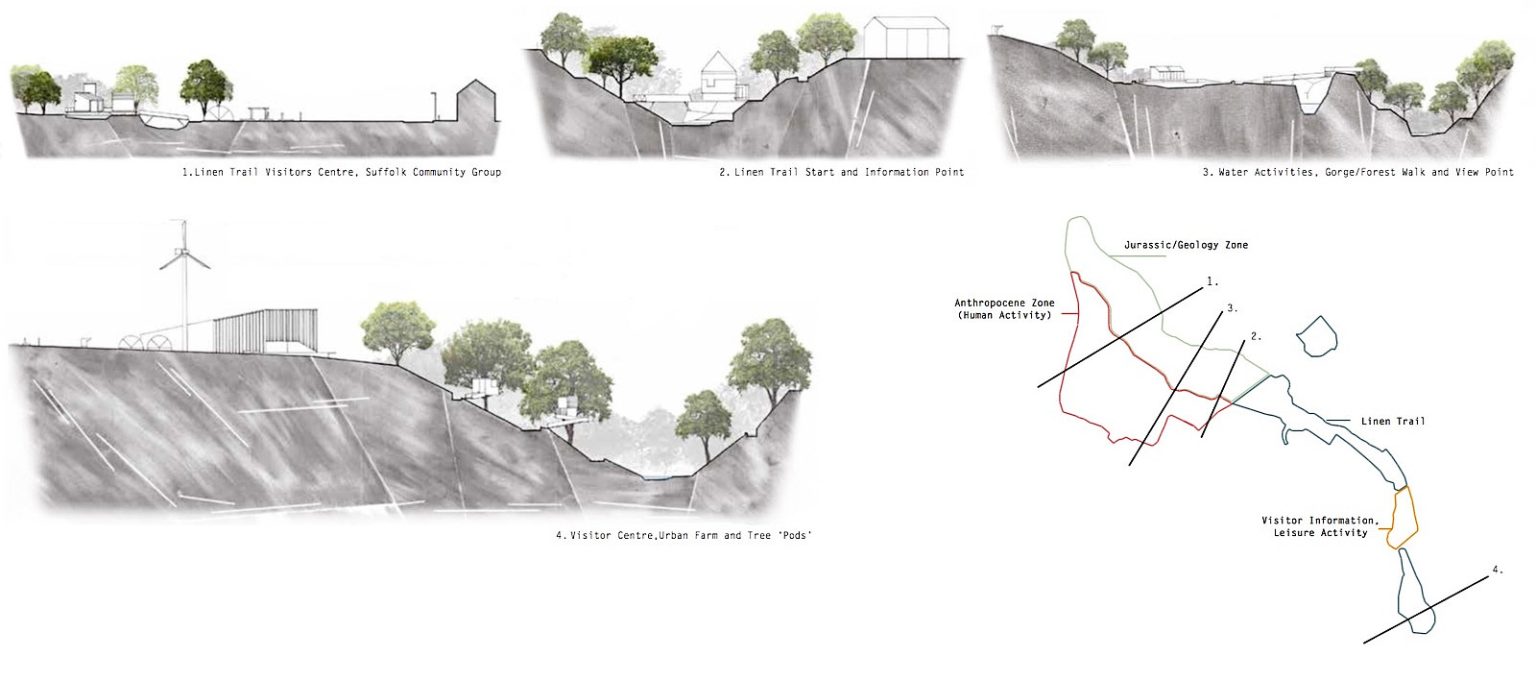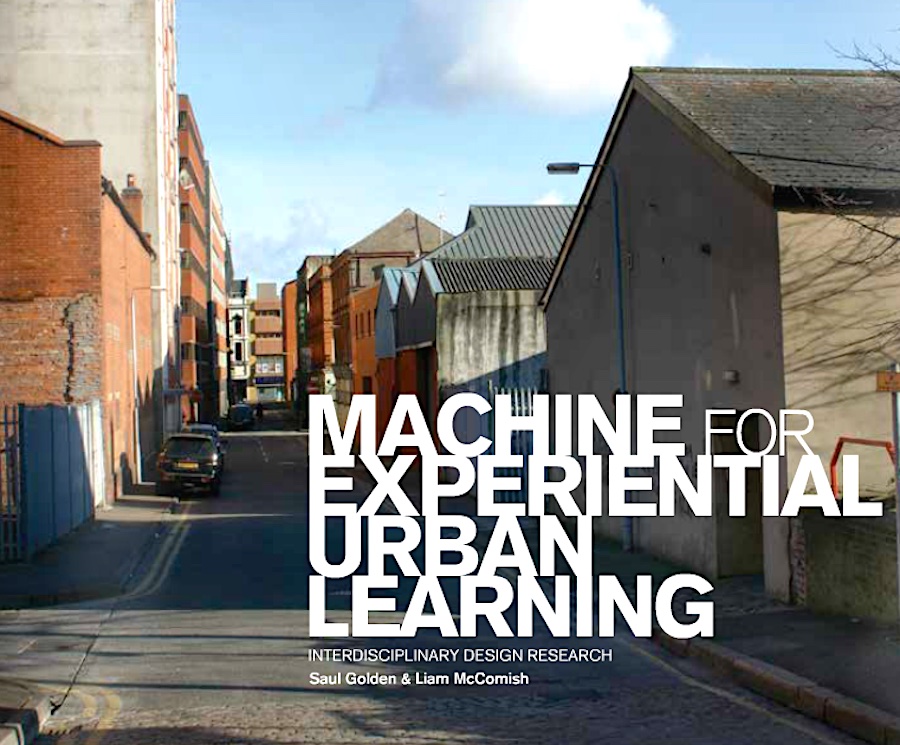
Urban Research Lab
A FRESH LOOK AT COMMUNITY ENGAGEMENT AND PUBLIC POLICY: Toward Innovation and Best Practice in Northern Ireland
Collaborative symposium, bringing practical and research-based academic expertise on stakeholder engagement from Ulster University and Queens University Belfast together with Government, statutory, and voluntary representatives who influence public policy and decision-making processes across Northern Ireland.
Community Engagement, Good Relations and Good Practice
Guidelines on good practice in relation to community engagement to promote good relations in Northern Ireland. Read more here.
A Fresh Start. The Stormont Agreement and Implementation Plan
Three fold objectives for policy development (p.62):
I. to enhance decision-making by ensuring all voices are heard and all relevant data is considered
II. to improve the acceptability of decisions reached by showing how opinions received have shaped the outcome and demonstrating inputs were taken seriously even in cases where they were not incorporated in the final policy outcome;
III. to build capacity both internally in terms of relationships with interested parties and externally in enabling stakeholders to understand how best to influence policy, political and decision-making processes. Read more here.


Aim
To share and appraise creative approaches to the three objectives for public policy development on consultation-engagement as set out in the Fresh Start Agreement:
1. To enhance decision-making,
2. To improve the acceptability of decisions reached, and
3. To build capacity for relationships with interested parties and stakeholder input to political processes.
Image above: Ulster University Campus.
Left: Stormont Parliament Building.
Objective
To publish shared proceedings as a consultative policy report, and to establish a pilot digital platform for future knowledge-exchange and best-practice collaboration.

Concept

Civic contribution

Questions we’ve been asking:
• What global societal challenges are central to Northern Ireland’s future that we have unique skills and experience to address?
• How do we reconcile pressure to grow academic standing with the obligation to contribute to our community and society?
• What are the implications of a focused narrative for each campus?
• In order to achieve our civic ambition what do we need to stop doing?
Ulster University Strategic Plan 2016
Outline Civic ResponsibilityPerformance Areas:
• Influence public policy
• Establish meaningful partnerships across business, the community and alumni
• Develop campuses with distinct missions that serve their location and everyone in Northern Ireland
• Encourage the university family to become community advocates
• Increase educational attainment within underachieving areas
Context
The University of Ulster supports the ‘live’ project work of the M Arch students, and their consultation with community groups in Belfast, this type of engagement helps develop the students’ professional skills, particularly for urban re-generation and design projects, and preparing our students for professional life is the central aim of the University of Ulster.
With excellent participation amongst the students when working with community group clients in this way.
Read more here.
This joint project with East Belfast Partnership was initially conceived in the summer of 2012, following the successful collaboration between Strategic Investment Board and University of Ulster.
The pedagogic ambition for both centred on the involvement of University of Ulster Architecture students in a ‘live’ architectural design briefing project within Belfast or its environs, with the aim of developing the work into design feasibility study.
The collaborative project (community consultation, briefing and outline design ideas) took place firmly within the context of the recent Holywood Arches Framework Study. A site had been identified for development at Bloomfield Avenue off the Newtownards Rd., with a tentative idea on regeneration as an arts or music venue. Read more here.
LQC Action for Better Public Space.
The official proposal, called Library Square, is a £3million ($5million) joint government and private-led scheme launched in November 2012.
Glossy images and brochures promoted completed designs to transform the existing street into a ‘destination’ with literary-themed paving and fixed seating, tree sculptures, retail kiosks, large video screens and Wi-Fi hotspots.
Read more here.
Urban Research (URB).
An interdisciplinary design-education project between the departments of Architecture and Visual (graphic) Communication at the University of Ulster.
Since 2009, a total of 200 undergraduate students and supporting staff from bobth departments at the University of Ulster have contributed to the project, along with significant support from external professionals, community-based organisations, government representatives and members of the public.
Read more here.
StreetSpace.
StreetSpace is a research and teaching project in the School of Architecture at Queen’s University Belfast. StreetSpace works in collaboration with academia, government and local communities to analyse streets and fulfil their potential to be people-centred, accessible and inclusive public places.
The project investigates the significance of everyday streets through their urban form, histories and experiences. It establishes links with other disciplines and seeks to enable the dialogue between academia, policy and the public thorough the organisation of local workshops, symposia and exhibitions.
Making Conversations: The Shankill.
In collaboration with Aberrant Architecture, Spectrum Centre, Shankill. Matt Haycocks and 2nd year Interior Design Students at Belfast School of Architecture, Ulster University
Utilising traditional skills and digital tools architects, communities and students explore ‘listening’ and ‘making’ to develop and install a pop up music booth and record label.
UUFAD 2016
Transmission Ballycastle explores and promotes Ballycastle town as a multidisciplinary space for dialogue between architecture, urban planning, visual arts, sociology, histories and heritage. Prompted by an examination of how identity and place are communicated through architecture and landscape, Transmission Ballycastle presents a series of exhibitions, installations, screenings and talks developed by The Belfast School of Architecture and the Environmental Sciences Research Institute, Ulster University in collaboration with local residents and shopkeepers. UUFAD 2016.
Colin Glen Forest Park.
The project team for the research, landscape investigation and outline development ideas for Colin Glen Forest Park and adjacent areas were Belfast School of Architecture (BSA,) École Nationale Supérieur d’Architecture Nantes (ENSAN) and landscape architects La Terre Ferme.
A central part of the investigative approach of the BSA/ENSAN/La Terre Ferme team recognizes the importance of material and emotional legacies inherent in the landscape. Little of the landscape in the area of the Lagan Valley or Belfast Hills can be called ‘indigenous’, over the centuries it has been worked by man through agriculture, industry & manufacture and quarrying, though the incremental change associated with this can be a rich source of both morphological and cultural information attached to Colin Glen and its environs. In short, there is much draw upon and plenty of stories to tell.
Read more here.

The Stone Tapes.
Public Art Commission in collaboration with Ballynafeigh Community Development Association.
Magik door production – Augustine Leudar and Amy Sidiropoulos. UUFAD 2016.








